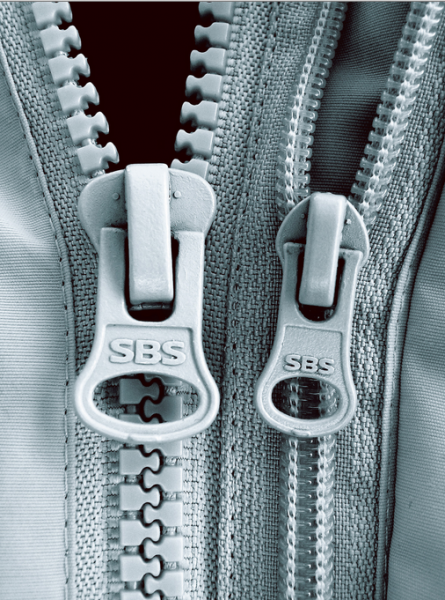Guess what’s 100 years old? The hookless fastener: Zip ‘er up!
Posted by staff / April 29, 2013 Gideon SundbackHookless FastenerWhitcomb Judson

The zipper turns 100 today, April 29. It used to be called the Hookless Fastener and billions use this invention every day.
How do zippers work?
A zipper is, in essence, a type of interlocking geared mechanism. The zipper’s teeth are the cogs of the gear. The slider aligns the teeth to close the zipper, allowing each tooth to mesh with the next tooth as they are pushed together. When opening a zipper, the interior of the slider has a diamond-shaped wedge that is forced between the teeth, causing the gear to open.
Zippers had a few incarnations:
- a basic, somewhat founding concept was by an American
- Elias Howe
- got patent in 1851
- invention called the Automatic Continuous Clothing Closure
Next up to work on the “zipper” was:
- Gideon Sundback
- tinkered with Howe’s design and could be called the Father of the Zipper
Later, more work still:
- 1893
- Whitcomb Judson gets patent in 1893
- his version called Clasp Locker
- …and a later version call Judson C-Curity Fastener
Unfortunately, his invention had large teeth that could be tricky to close, and it also tended to come open by itself. As a result it wasn’t very popular with the public, even though it was showcased at the 1893 Chicago World’s Fair.
The idea might have languished in obscurity and left us all living in a button-down world. But Whitcomb also co-founded the Universal Fastener Co., and that’s where things really started coming together for the zipper.
Next incarnation:
- Swedish electrical engineer, Otto Frederick Gideon Sundback took Whitcomb’s design, reworked it, came up with the system of tiny interlocking teeth now known as the zipper
- called the Hookless Fastener, developed starting 1905
- patented 1913
Lightning Fasterner Co in St. Catharines, ON Canada began manufacturing this Hookless Fastener but it didn’t really catch on for a few more years.
There is a debate about whether the credit for inventing the zipper should ultimately go to Elias Howe, Whitcomb Judson or Gideon Sundback. While the materials have changed over the years, the basic concept of the zipper is closest to Sundback’s Hookless Fastener design and it’s also the one that had the most commercial success.
For oodles of fun facts about zippers [one of which is the number of men, each day, in the US who injure their nether regions on them], see: CBC.
Photo credit: WikiCommons
Comments are off for this post.